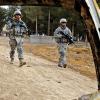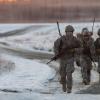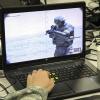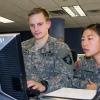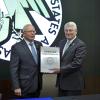One of the many great things about AUSA is the innovative and independent nature of our chapters.
Whether it’s the Captain Meriwether Lewis Chapter in Tacoma, Wash., or the First Militia Chapter in Northeast Florida, you can bet they are working hard to educate, inform and connect soldiers and civilians through a wide array of professional development and educational programs.
Too often a chapter’s great ideas and best practices never make it outside the originating chapter’s footprint.
That is why this month, AUSA national headquarters created a Facebook group for chapter presidents and other...





